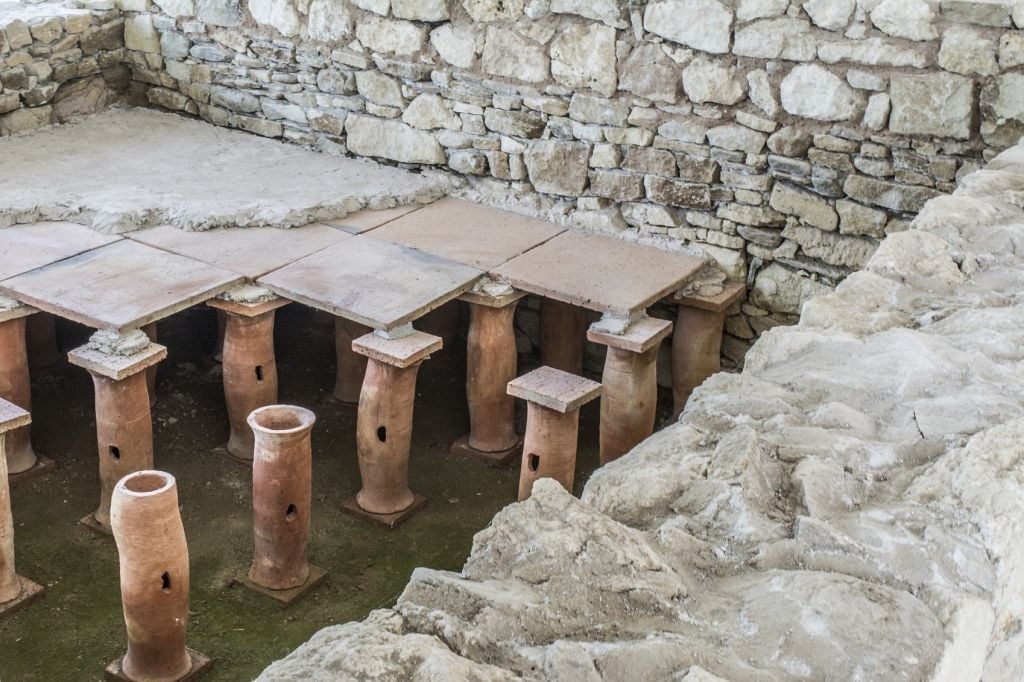A central heating system heats multiple spaces within a building and, if desired, can also heat domestic hot water from a single primary heat source. It is a component of heating, ventilation, and air conditioning systems that can be used to cool and heat interior spaces. But did you ever wonder when was the first central heating system developed?
Around 550 BC, the Ancient Greeks invented the very first central heating system for the Temple of Artemis at Ephesus. It was constructed with a wood-burning furnace and pipes that circulated hot air beneath the stone floors.
How Was the First Central Heating System developed?
The Greeks not only gave Western civilization democracy, medicine, astronomy, mathematics, philosophy, and the Olympics, but they also invented the first central heating system.
It all began at the sacred Temple of Artemis, which was built in honor of the Ephesian fertility goddess. The temple’s ruins, which were at least twice the size of the Parthenon and were one of the first Greek temples to be built entirely of marble, are a popular tourist destination and one of the World’s Seven Wonders today.
The Temple of Artemis was known for its once-soaring ionic columns, 127 in total if you believe the writings of ancient Roman philosopher and historian Pliny, the Elder. Still, it also housed the world’s first central heating system.
Cherisiphron and his son Metagenes, two Cretans, designed the magnificent, columned temple and its ingenious heating system around 550 B.C. in Ephesus, on the coast of the Aegean Sea in what is now modern-day Turkey.
According to the father-and-son team’s design, heat generation relied on a wood-fired furnace in the temple’s basement, which enslaved people constantly tended. The fire’s hot air was forced through pipes installed beneath the floor. As the stone floor warmed, the heat was released into the air above, keeping the occupants warm from their toes to the tops of their tunics.
(Source: Your HVAC Spot)
What was the Contribution of Romans to the Development of Heating Systems?
The Romans refined this first-generation central heating concept, dubbed a hypocaust. The hypocaust, like the original Greek design, relied on an underground fire manned by slave labor. However, Roman designers took the idea a step further.
Engineers raised the floors of the most affluent Romans on terracotta, brick, or early-concrete pillars about two feet high, allowing hot air to circulate in the space below. This not only warmed the tile floor, but the ceramic tile ducts built into the walls kept the heat and helped circulate warm air to the rooms above.
Centuries later, hypocaust engineering was used to heat some of Italy’s most famous public baths, such as those in Rome and Pompeii. When Mount Vesuvius erupted in A.D., the latter city is said to have seen the grim, ash-covered end of Pliny the Elder. 79.
Pliny did, at the very least, lead a boat rescue operation across the Gulf of Naples to Pompeii as clouds of smoke and ash poured from the volcano. He was only 56 years old at the time and was never seen again. (Source: Your HVAC Spot)
